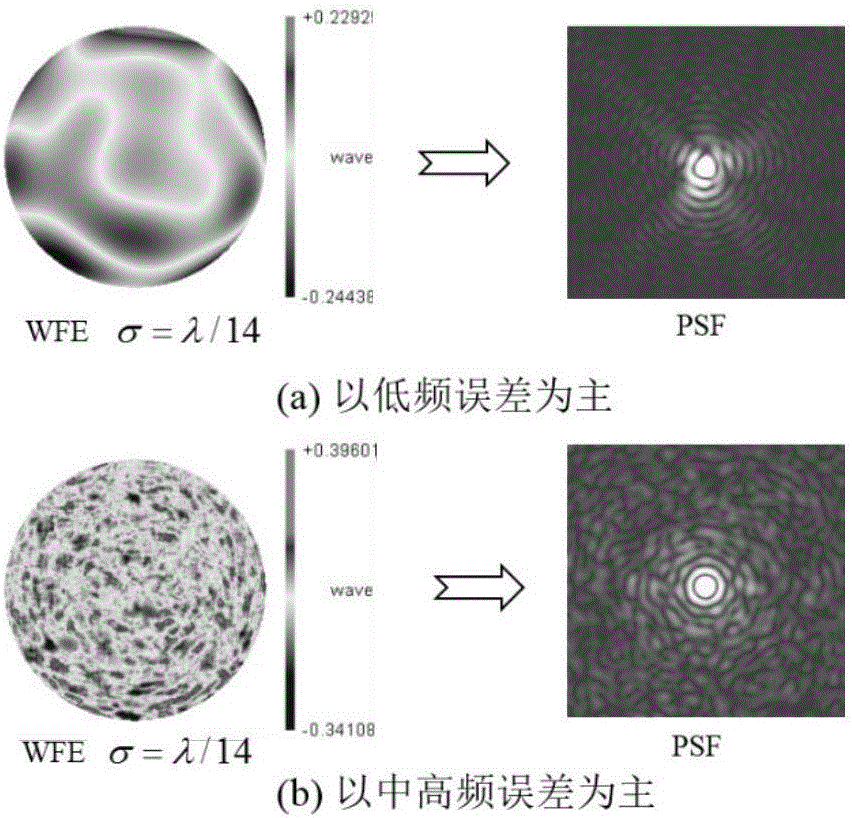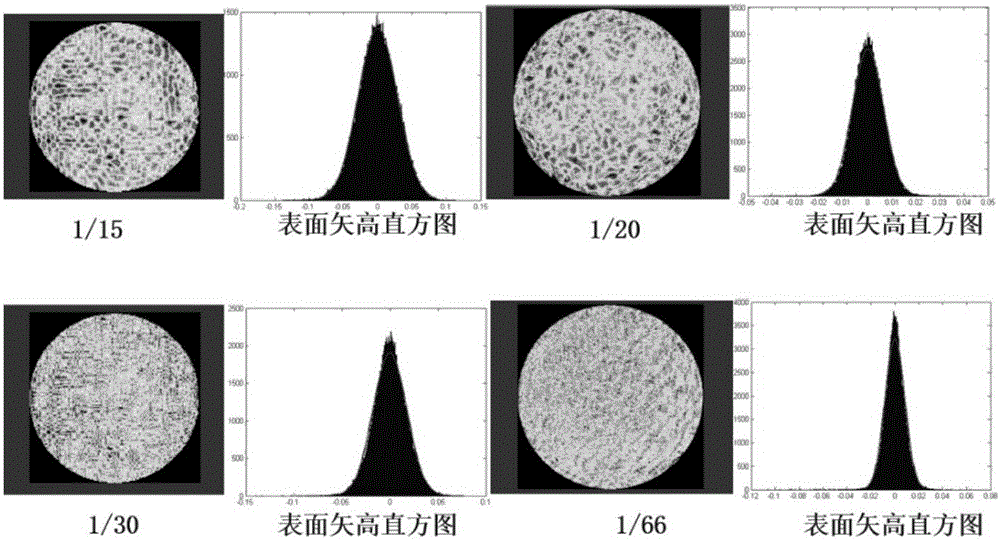Complex curved surface shape error evaluating method
A technology for complex curved surfaces and surface shape errors, applied to measuring devices, instruments, and optical devices, can solve problems such as cost waste and over-processing, and achieve simple data processing and mathematical operations, short test time, and simple and easy experimental operations line effect
- Summary
- Abstract
- Description
- Claims
- Application Information
AI Technical Summary
Problems solved by technology
Method used
Image
Examples
Embodiment Construction
[0030] The present invention will be described in detail below with reference to the accompanying drawings and examples.
[0031] The present invention provides a complex surface shape error evaluation method, which specifically includes the following steps:
[0032] Step 1. Perform interference detection on complex surfaces to obtain surface shape data;
[0033] Step 2, correcting the projection distortion of the surface data, so that the spatial resolutions in all directions of the surface data are consistent;
[0034] Step 3: Fit the corrected surface shape data with zernike polynomials to obtain low-frequency errors; according to the zernike polynomial coefficient Z i , calculate the low-frequency error evaluation index E L ; Among them, C i Indicates the weight of each coefficient;
[0035] Based on the analysis of the characteristics of the full-frequency error of the optical surface, we established that the first 37 of the Zernike polynomial represents the low-fre...
PUM
 Login to View More
Login to View More Abstract
Description
Claims
Application Information
 Login to View More
Login to View More - R&D
- Intellectual Property
- Life Sciences
- Materials
- Tech Scout
- Unparalleled Data Quality
- Higher Quality Content
- 60% Fewer Hallucinations
Browse by: Latest US Patents, China's latest patents, Technical Efficacy Thesaurus, Application Domain, Technology Topic, Popular Technical Reports.
© 2025 PatSnap. All rights reserved.Legal|Privacy policy|Modern Slavery Act Transparency Statement|Sitemap|About US| Contact US: help@patsnap.com



